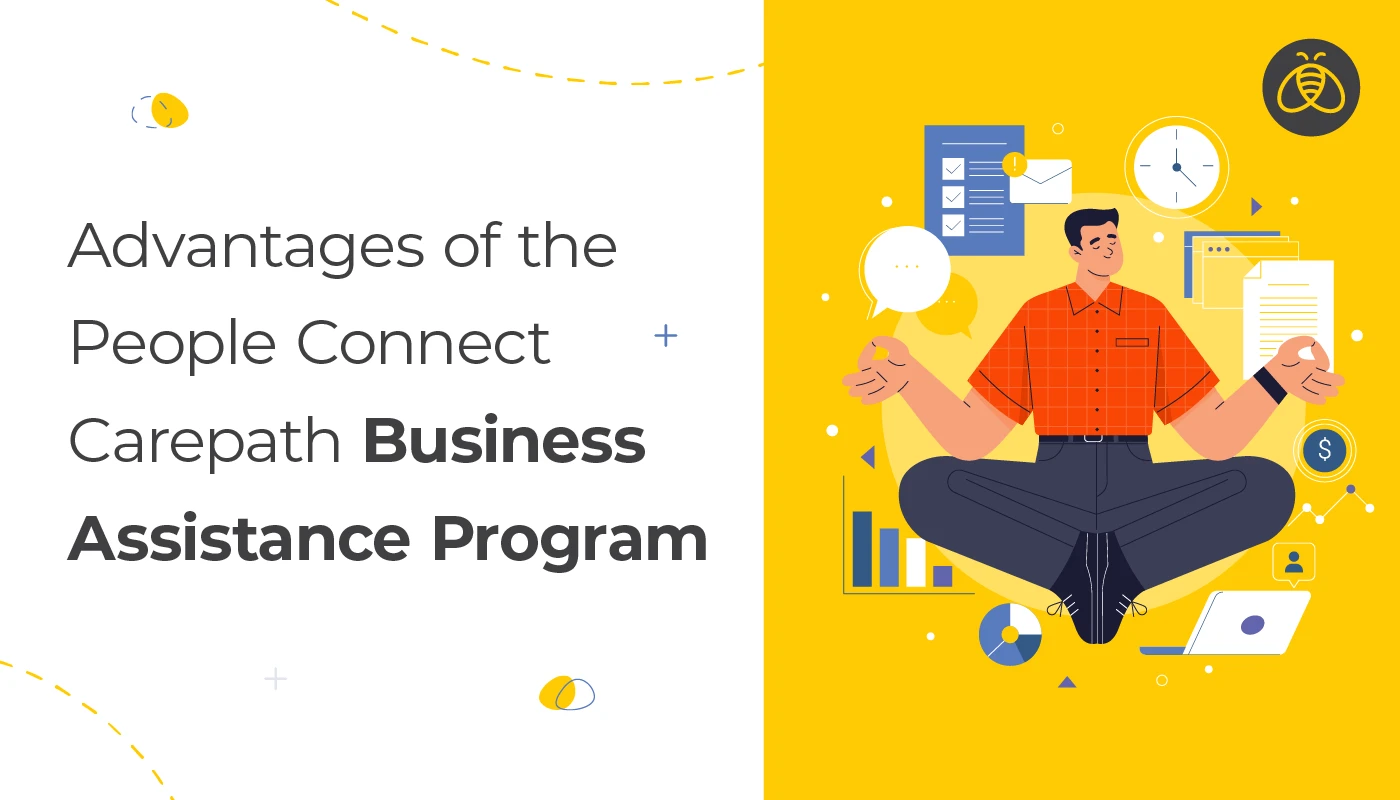6 Ways an Employee Assistance Program Makes Businesses Better
By: Benefits by Design | Tuesday May 5, 2020
Updated : Monday December 14, 2020
So, you’re looking to make your business better?
The studies are clear — investing in your employees is an investment that pays off! One of the most impactful things an employer can do is to support employees’ mental wellbeing.
An Employee Assistance Program Makes Business Better
An Employee Assistance Program (EAP), sometimes known as an Employee Assistance Plan, provides employees and their families with access to accredited professionals to deal with life’s challenges. EAPs offer counselling services for mental health problems, financial issues, stress related to eldercare or marital issues, and more! In other words, an EAP is a crucial support system for mental health and wellbeing.
This support has far-reaching effects beyond assisting employees through difficult times — it improves your business in a variety of ways.
#1. Saves the Business Money
Most importantly, paying for an additional service like an EAP saves you money in the long run.
According to Statistics Canada, mental health issues cost employers $20 billion dollars a year and account for 75% of costly short-term disability claims in Canada. Implementing an EAP to support employees’ mental health will help to combat these costs.
A report from Morneau Shepell states that EAPs bring employers a return on their investment that is eight times greater than what was spent. That’s right — spend $1 and get $8 worth of ROI.
#2. Decreased Absenteeism (and the costs that come with it)
Secondly, happier, healthier employees call in sick less often, which can make a significant difference when companies are shown to lose up to 36% of their productivity due to employee absences.
EAPs increase productivity by reducing absences — sick leave usage declines by 33%, lost time by 40%, and work-related accidents by 65%. Consequently, those decreases in absenteeism positively impact your bottom line.
#3. Increased Employee Productivity
Furthermore, an EAP also works to increase employee productivity in a whole other way. Employees who are happier and healthier have greater job satisfaction, job performance, employee engagement, collaboration, and creativity.
#4. Creates a Positive Work Environment
Happier employees are generally more positive, creative, and collaborative, which leads to a better work environment overall. As a result, that positivity translates directly into your company culture, including increased employee engagement, job satisfaction, and reduced absenteeism.
#5. Increase Employee Retention
Employees who feel looked after and are generally happy at work are far less likely to change employers, even when offered better pay or a better position. In other words, an EAP works hard to retain your top talent and support employees!
#6. Better Workplace Mental Health
The overall mental health of your employees affects all of the above. If employees are feeling down – whether it’s work-related or not – it affects your business. In addition, you’ll be better able to create an environment conducive to creativity and new ideas.
Expert Series — Employee Assistance Program (EAP)
Mike McClenahan, Managing Partner at Benefits by Design (BBD) Inc. answers three key questions relating to Employee Assistance Programs (EAP)s, including:
- What is an EAP?
- Why would an employer want to provide an EAP?
- Why would an employee want access to an EAP as part of their benefits?
An Employee Assistance Program Ties it All Together
In conclusion, a happier, healthier workforce is more productive, leading to more creativity and collaboration. As a result, a positive work environment is created and employers see reduced absenteeism and increases in retention. An EAP supports all of these benefits and ties them all together, providing support for employees to be their best selves at work and at home.


